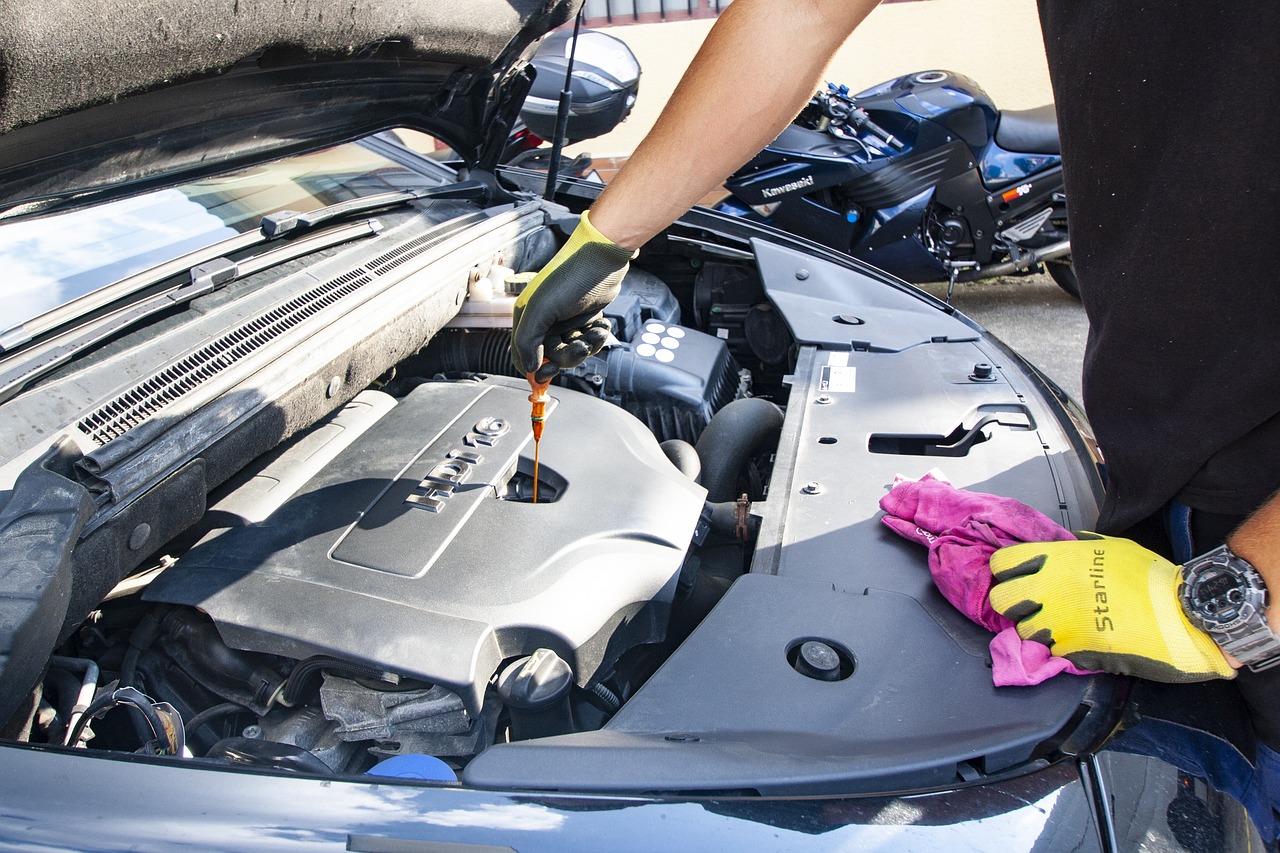Replacing the alternator in an Audi A5 Cabriolet might sound intimidating, but with the right tools, patience, and a systematic approach, it’s absolutely doable. Whether your alternator is failing or completely dead, getting it swapped out can save you a hefty mechanic’s bill and keep your car running smoothly.
Signs Your Alternator Needs Replacing
Before diving into the replacement process, it’s crucial to confirm that your alternator is indeed the culprit. Some common signs of a failing alternator include:
- Dimming or flickering headlights – Your alternator powers your car’s electrical system, so inconsistent lighting is a red flag.
- Battery warning light on the dashboard – If this light comes on and doesn’t go away even after replacing the battery, your alternator may not be charging properly.
- Strange noises – A whining or grinding sound from the alternator area could mean worn-out bearings.
- Electrical issues – Malfunctioning infotainment systems, power windows acting sluggish, or unpredictable dashboard behavior could all stem from a faulty alternator.
- Frequent battery problems – If your battery keeps dying despite being relatively new, you might be dealing with an alternator that isn’t charging it correctly.
If you’re experiencing multiple symptoms, it’s time to get that alternator out and replace it with a new one.
Tools and Parts Needed
Before getting under the hood, gather the necessary tools:
- New alternator (Make sure it matches your Audi A5 Cabriolet’s specifications)
- Socket set with various extensions
- Wrench set
- Flathead screwdriver
- Serpentine belt tool or breaker bar
- Flashlight or shop light
- Gloves and safety goggles
Having everything at hand will save you unnecessary frustration and interruptions.
Step-by-Step Guide to Replacing Your Audi A5 Cabriolet’s Alternator
1. Disconnect the Battery
Always start by disconnecting the negative terminal of your battery. This prevents accidental short circuits and keeps you safe while working with electrical components.
2. Remove the Serpentine Belt
The alternator runs off a serpentine belt that also drives other essential components like the power steering pump and air conditioning compressor. Use a serpentine belt tool or breaker bar to release tension on the belt, then carefully slip it off the alternator pulley.
3. Unbolt and Remove the Alternator
Locate the alternator. It’s mounted near the engine, secured by bolts and electrical connectors. Remove the electrical connections first, taking note of their positions for easy reinstallation. Then, loosen and remove the mounting bolts. Some cars require additional clearance, so you may need to move or disconnect other components temporarily.
4. Install the New Alternator
Position the new alternator in place and secure it using the mounting bolts. Reconnect the electrical connectors exactly as they were before.
5. Reinstall the Serpentine Belt
Carefully thread the serpentine belt back onto the pulleys, ensuring proper alignment. Use the tensioner tool to tighten it back into place. A misaligned belt can cause premature wear, so double-check that everything lines up correctly.
6. Reconnect the Battery and Test
Once everything is secured, reconnect the negative battery terminal. Start the car and monitor the battery light on the dashboard. If everything runs smoothly without warning lights, test the voltage across the battery terminals with a multimeter. A properly functioning alternator should provide approximately 13.8 to 14.2 volts while the engine is running.
Final Thoughts
Swapping out an alternator might take an hour or two, but for DIY enthusiasts looking to save on repair costs, it’s well worth the effort. If you’re comfortable working with basic tools and following instructions, there’s no reason to pay a mechanic for something you can handle yourself.
If you’ve recently replaced your Audi A5 Cabriolet’s alternator, share your experience in the comments! Every job is a little different, and your insights could help fellow car owners tackle this repair with confidence.






